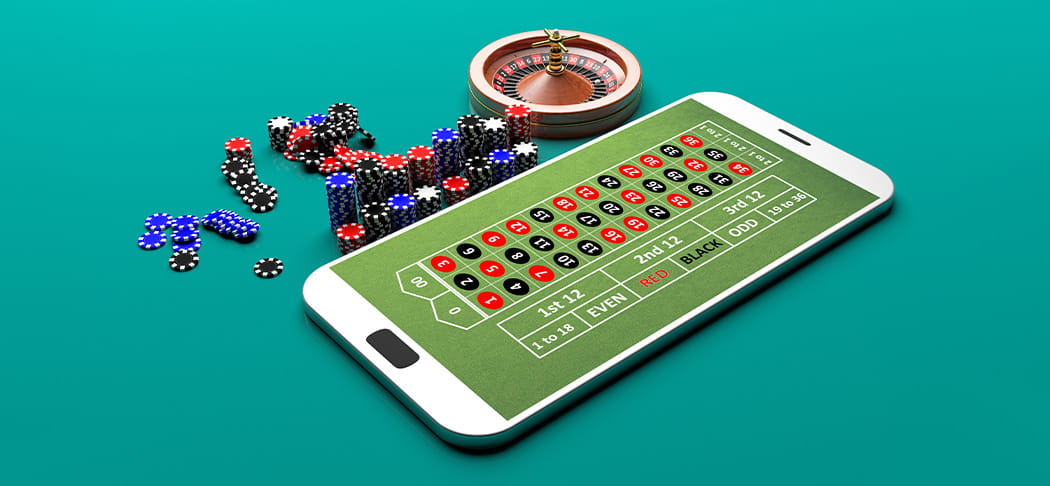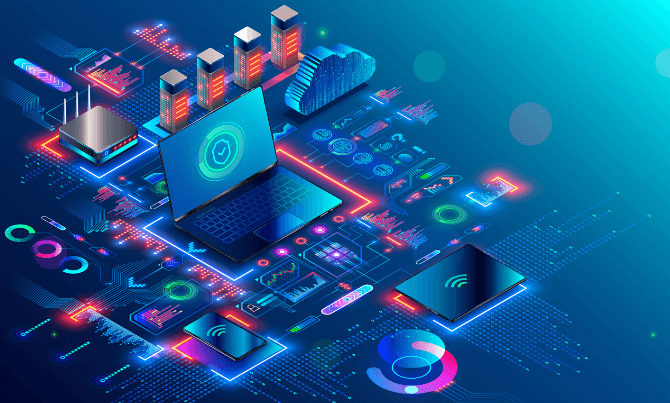The tremendous advancements in haptic technology in the field of virtual reality (VR) have absolutely captivated people from all over the world. This development is changing how we interact and experience digital surroundings in the quickly growing field of tech-driven entertainment. Technology that is haptic is redefining the limits of our senses. In this essay, we set out on a quest to explore the significant effects of haptic technology in VR on the landscape of entertainment and find its potential to completely transform the sector.
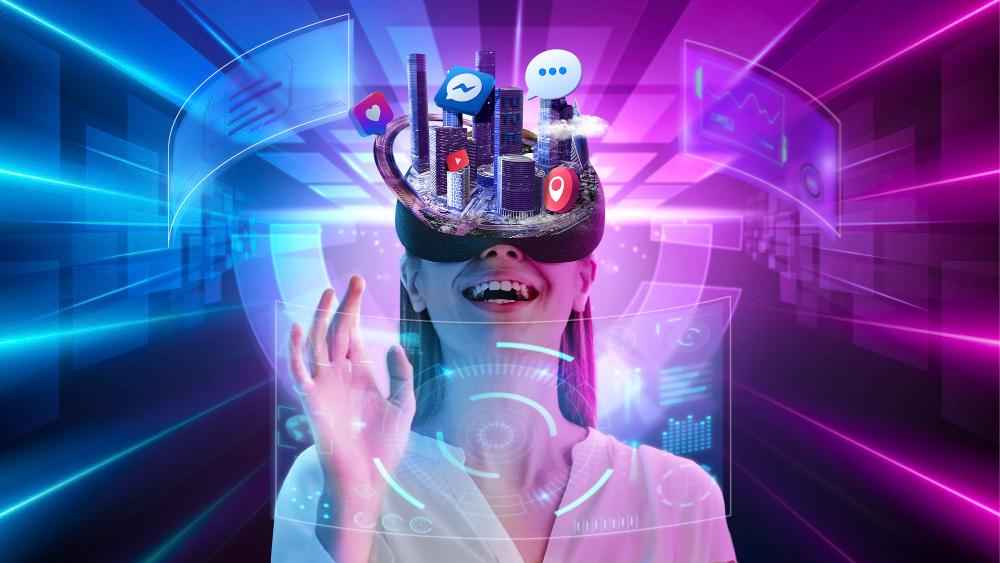
Contents
Sensory Realism Unlocked
Haptic technology, also called “touch feedback technology,” holds the key to unlocking a new degree of realism in virtual reality. In a multimodal digital environment, users can interact by fusing tactile sensations with visual and auditory stimuli. Through carefully regulated vibrations, the sensation of textures, impacts, and motions is brought to life, enhancing the authenticity of the experience.
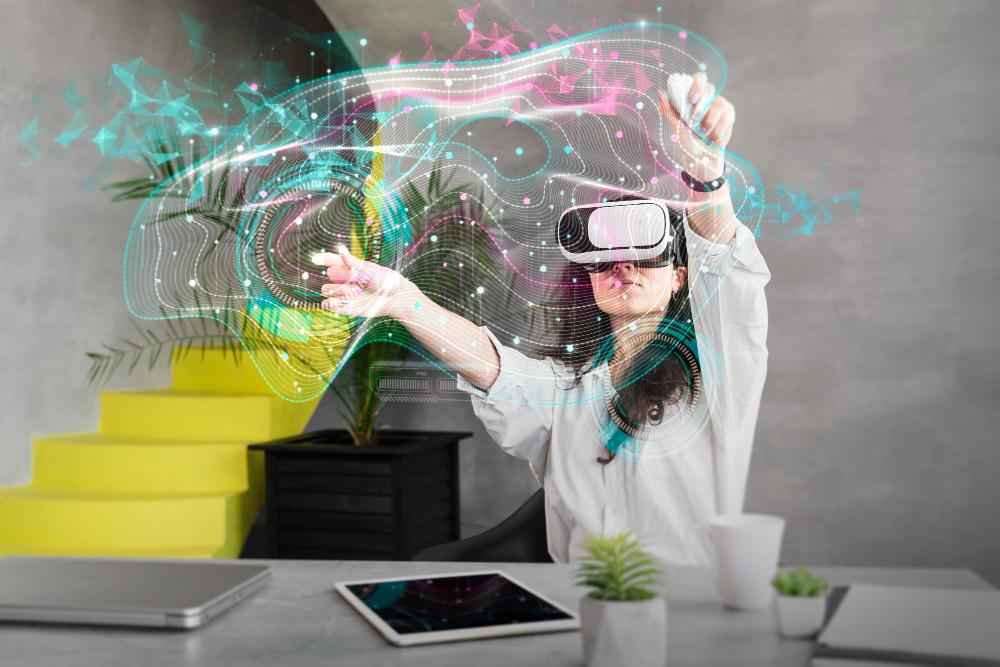
Increased Virtual Environment Immersion
The ability of haptic technology to transport users outside of their immediate physical world is its greatest strength. Users may navigate environments, interact with items, and interact with virtual elements in ways that go beyond what is possible with screens and controls when they are seamlessly incorporated into VR experiences. The result is a more powerful sense of presence and immersion, blurring the boundary between the real world and the virtual one.
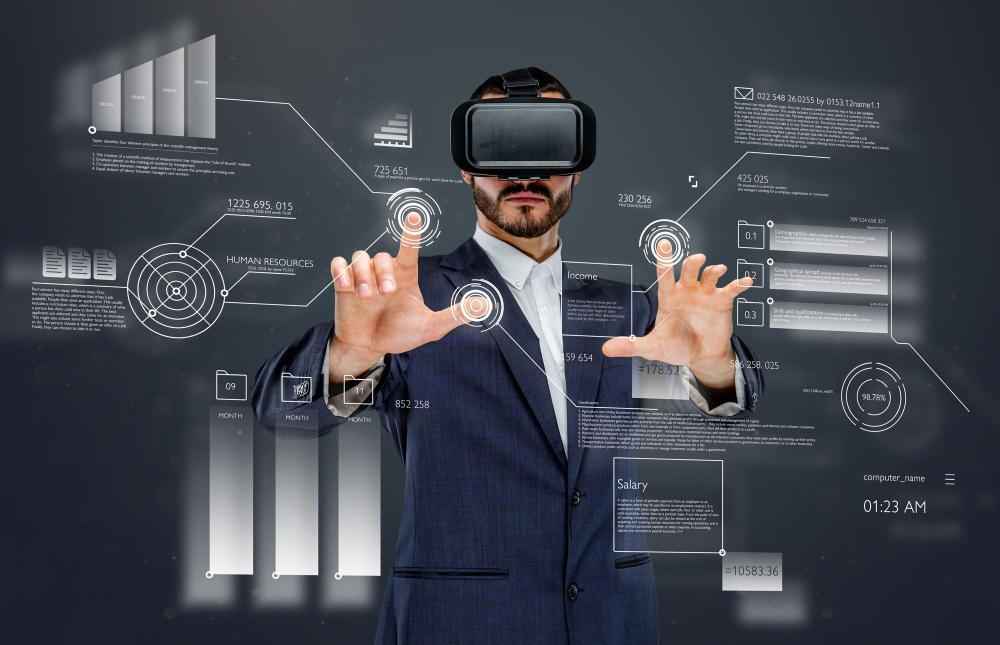
Haptic Technology and IPTV: The Synergy Unveiled
Imagine a fascinating new era in entertainment where technology brings Virtual Reality (VR) and Internet Protocol Television (IPTV) together with haptic sensations. Imagine yourself putting on a VR headset and stepping into a virtual world that not only captivates your sight and hearing but also lets you touch and feel the environment around you. It’s like entering a mesmerizing realm of streaming entertainment. You can also explore a diverse list of IPTV services for your enjoyment.
With the magic of haptic feedback, you can be part of live experiences, like feeling the music pulsating through your body at a concert or sensing the impact as a ball hits the ground during a sports event. You can even soak in the infectious energy of the crowd. This merging of technology truly promises a whole new level of immersion in the world of entertainment.
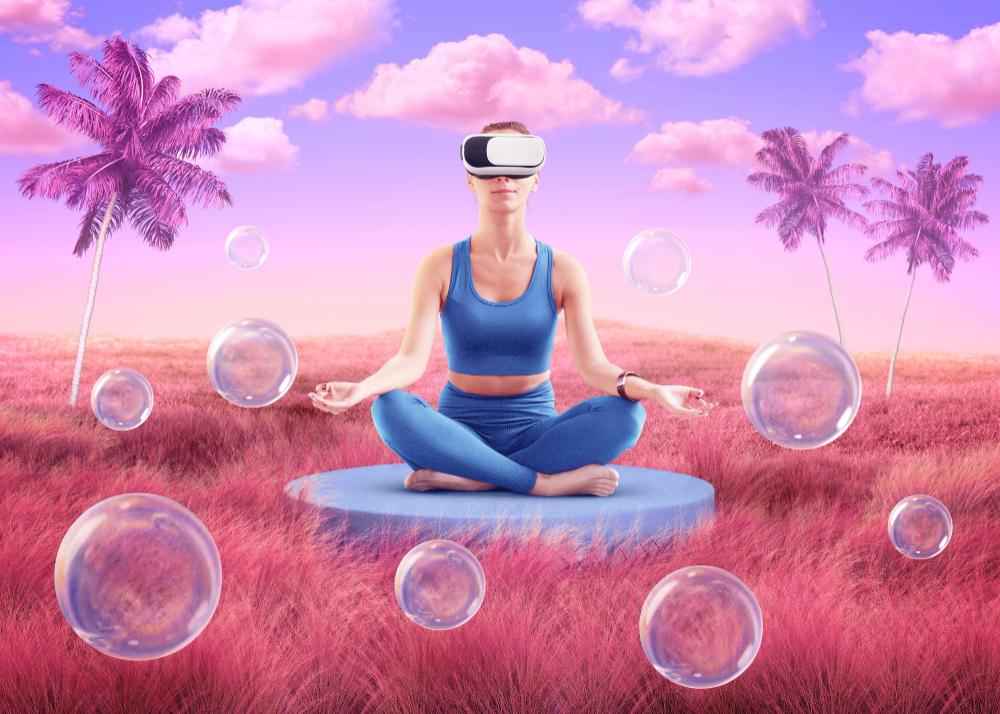
Gaming Transformation and Beyond
In the world of gaming, haptic technology has a particularly noticeable impact. Imagine navigating the digital world while experiencing the recoil of a virtual gun, the force of collisions in a racing game, or the feel of rain on your skin. This technology provides a completely new degree of involvement by allowing virtual activities to affect the real environment. Haptic technology has applications outside of video games, including rehabilitation, training simulations, and remote teamwork.
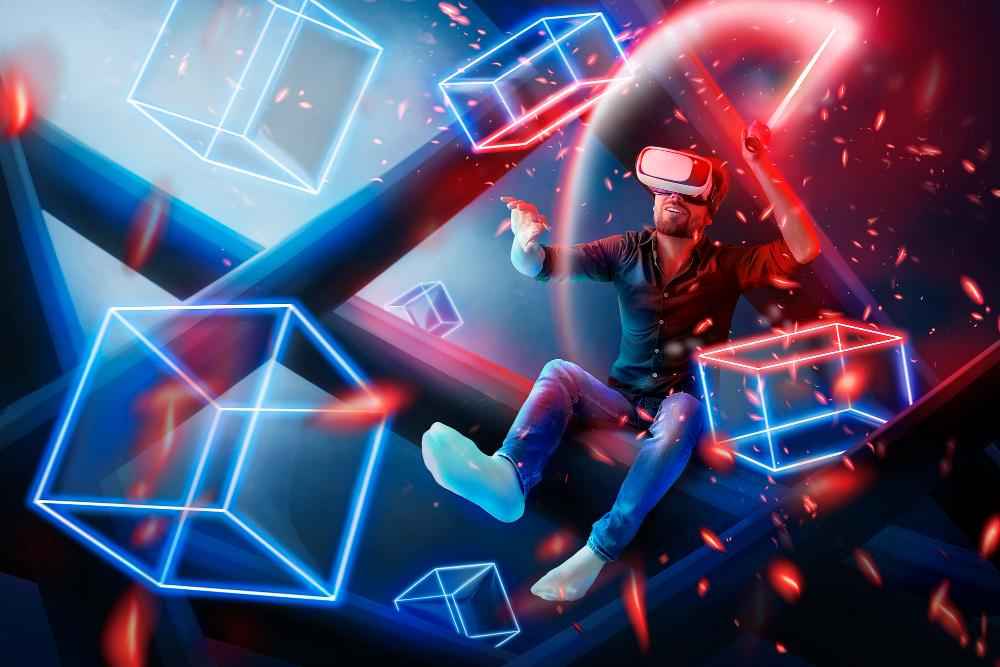
Roadblocks and Challenges to Come
The challenges of haptic technology are similar to those of every groundbreaking breakthrough.
The problems include ensuring interoperability with various VR platforms, addressing potential latency issues, and achieving a perfect balance between subtlety and intensity in haptic feedback. Industry leaders are working very hard to enhance these components, which will ultimately enhance the user experience overall.
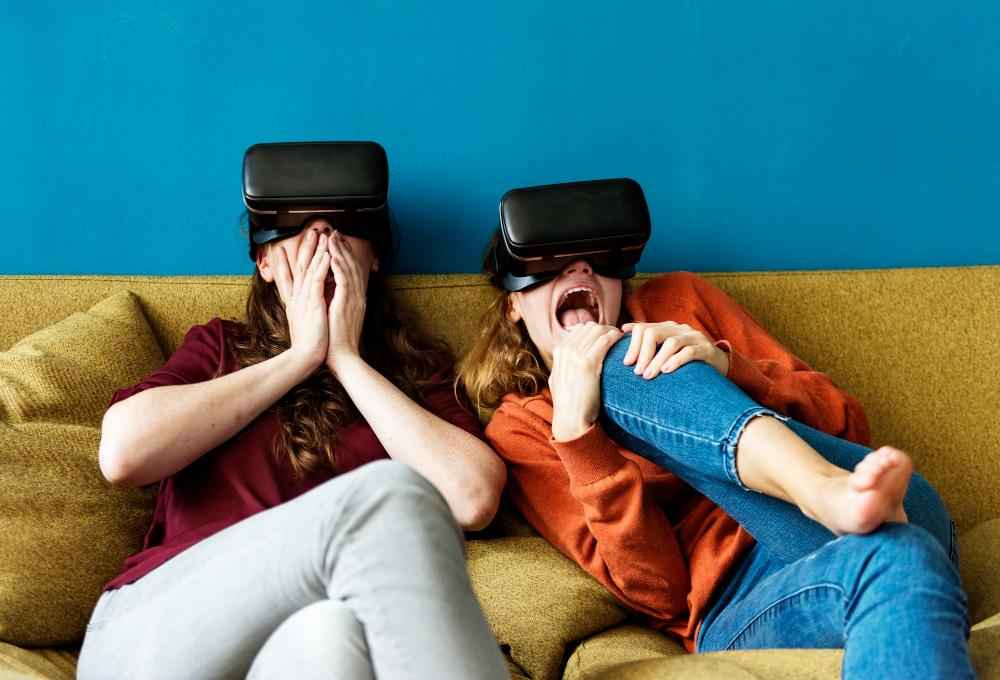
Creating the Entertainment Industry’s Future
The combination of haptic technology and virtual reality could dramatically change the way we engage with and consume entertainment. We can imagine circumstances where spectators not only experience cinematic spectacles in VR but also physically feel the vibrations of a movie’s climactic moments. As viewers experience the beat of a virtual concert or the intensity of a sporting event as if they were there, the world of live events may change.
Beyond Imagination and Into Reality
A last example of the unbounded potential of human creativity is the fusion of haptic technology and virtual reality. It takes us on a journey away from traditional entertainment venues and into an environment where the integration of our senses results in experiences that transcend the bounds of reality. In the future, immersive stories, interactive worlds, and unforgettable sensory experiences could be created by combining haptic technology and virtual reality—a field where the wonder of the virtual is heightened by the beauty of touch.
